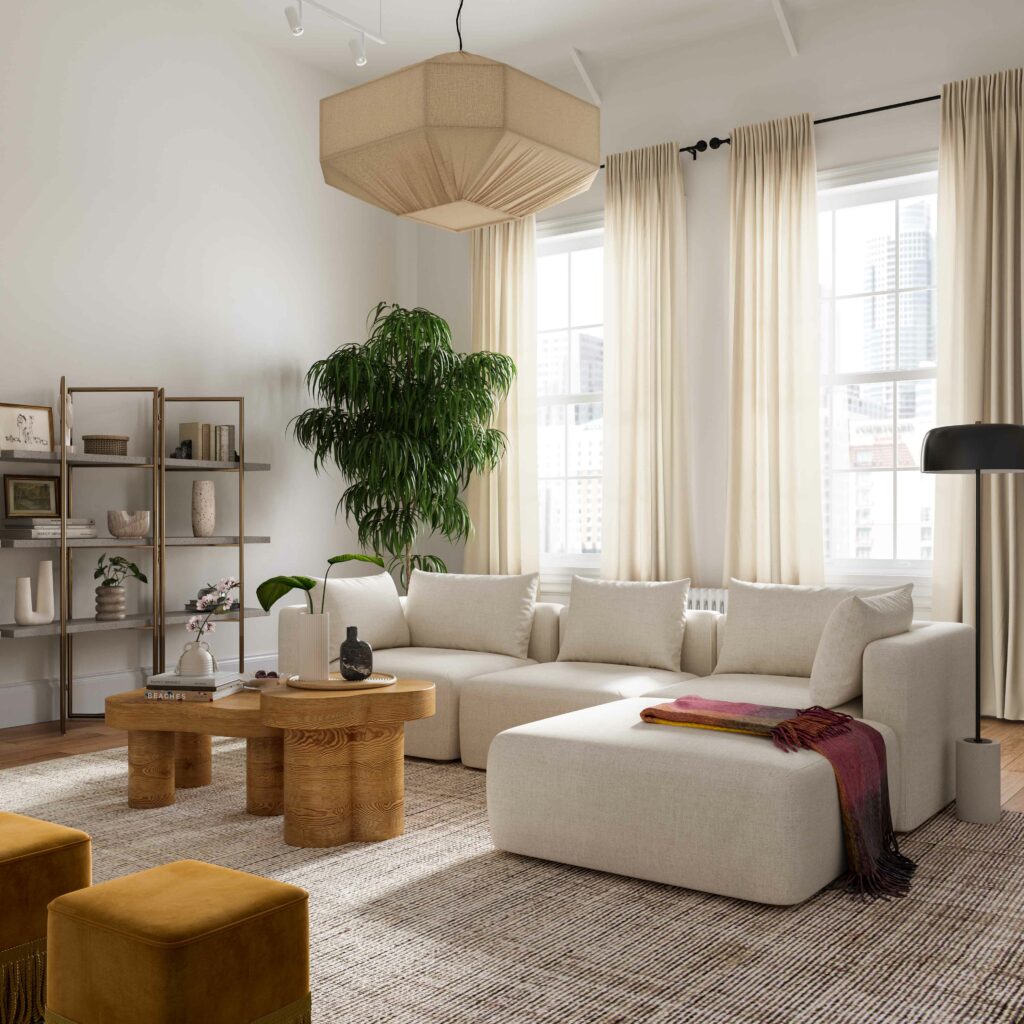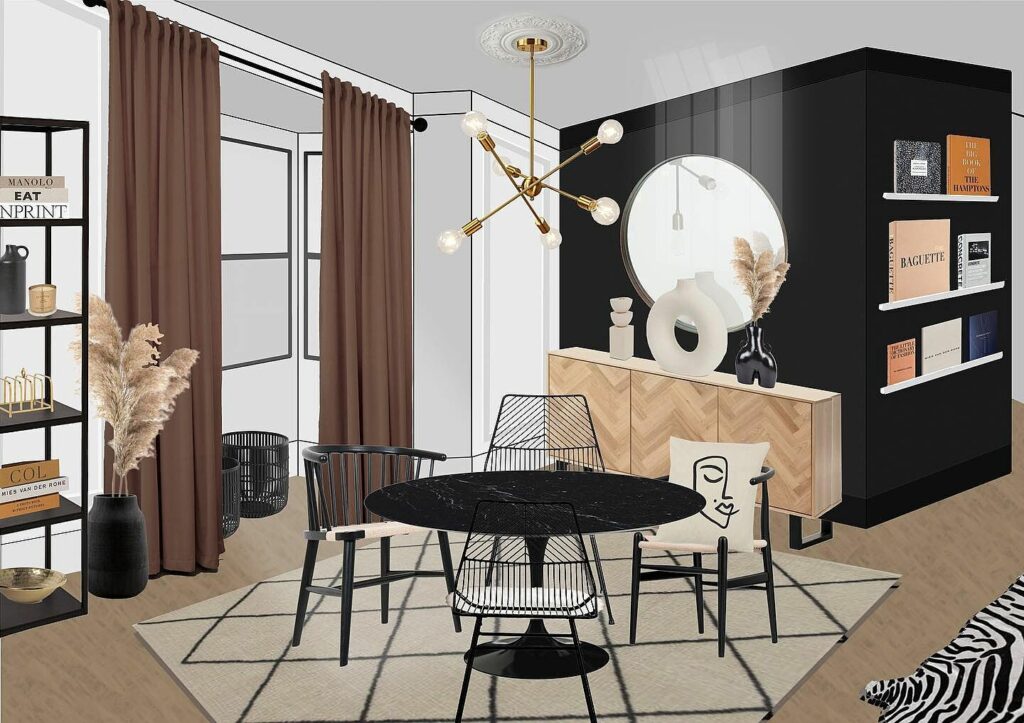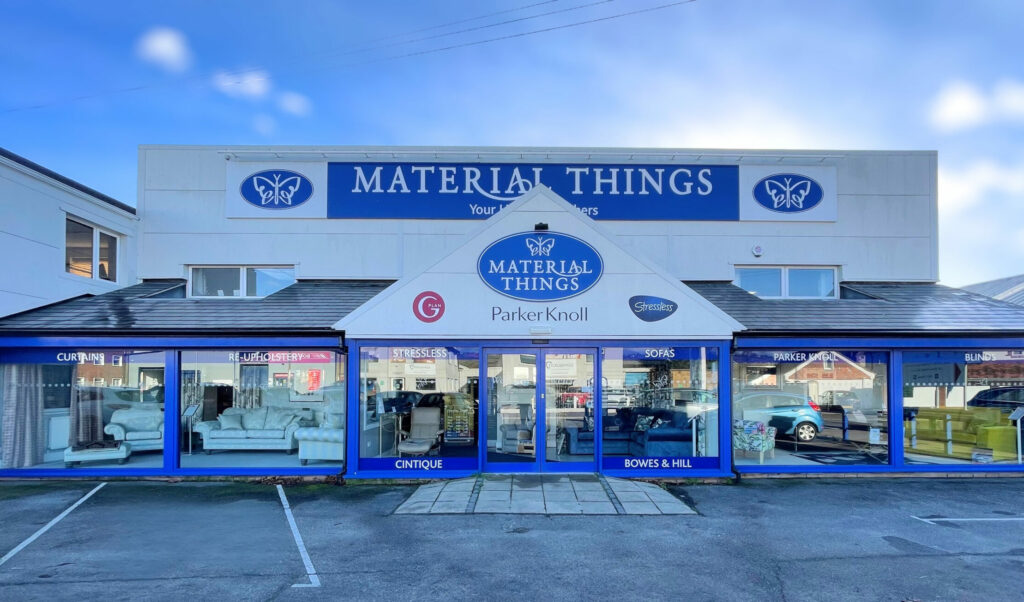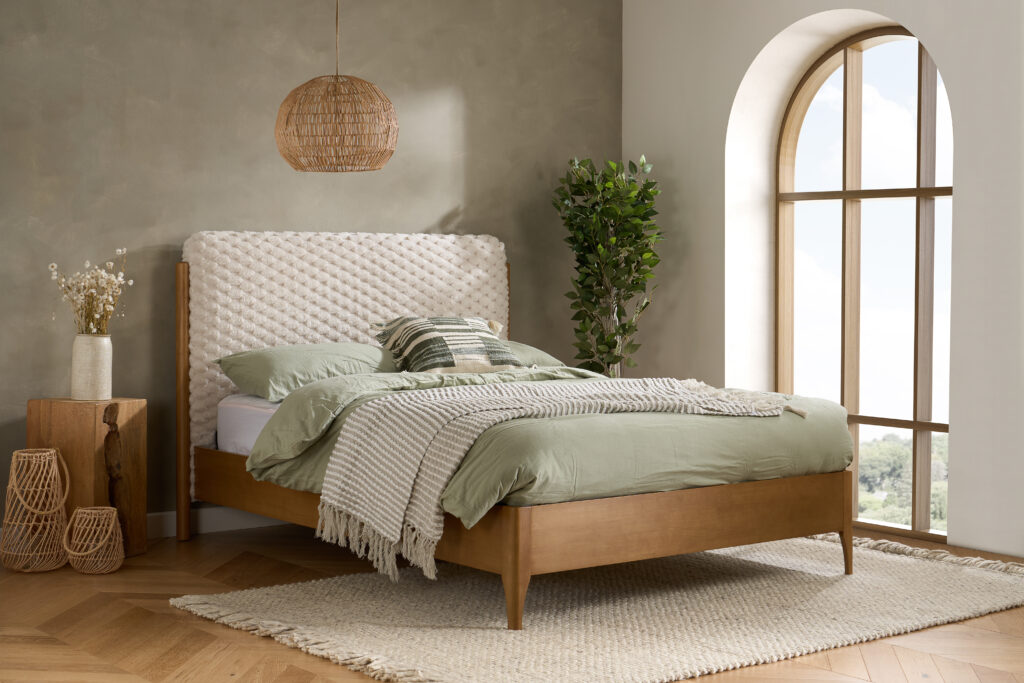Saima Mobeen, Director at FURNY, shares an insight into the company, AR developments and its new app.
“FURNY was born out of a personal frustration with how difficult it was to shop for furniture online and even in store,” says Saima. “The traditional e-commerce experience relies on static images, which often fail to give customers a true sense of scale, material, and fit within their space. In store has its own challenges where one can only imagine or visualise any furniture item back in their home/office, they physically see in the showroom. None of the buying options were fully satisfying the decision of shopping. We saw an opportunity to bridge that gap using augmented reality (AR).”
FURNY’s inspiration emerged from two key components. The first being the rise of AR in other industries like fashion and automotive, with the second stemming from a belief that furniture being deeply tied to personal space and style deserves the same immersive, decision-support tools. “We didn’t just want to sell furniture, we wanted to redefine how it’s experienced digitally,” Saima said. “That’s why we focused on building both a marketplace and a service layer: we help retailers bring their products to life in 3D and AR, while also enabling everyday shoppers to feel empowered in their choices.”
This AR-powered approached is geared towards a variety of users across the industry, including furniture designers and manufacturers that require 3D modelling, as well as retailers and wholesalers to help improve sales, reduce returns and increase conversion rates. “What they all have in common is a need to bridge the gap between digital browsing and physical buying,” Saima explains. “Our 3D models and AR assets provide that bridge showing products from every angle, in every variant, and even in the customer’s own space.
“We’re currently collaborating with a mix of independent retailers, mid-sized regional chains and furniture wholesale brands across the UK. While some of our early clients were boutique or specialised retailers, we’re increasingly being approached by larger players looking to modernise their product visuals and shopping experience.

“We’ve also begun building relationships with platform partners in the home decor and interior design space, with the aim of creating a more integrated 3D asset ecosystem. These collaborations help streamline the deployment of our models across multiple sales channels from websites and apps to virtual showrooms and trade events.”
Over the last 12 months, FURNY has invested in its 3D modelling infrastructure, including a custom production pipeline, automation tools, and a growing team of 3D artists and AR developers. The company has also enhanced its onboarding systems and client support, offering retailers a streamlined way to submit product details and receive market-ready 3D/AR assets efficiently. “In addition, we’re also heavily investing in developing its “FURNY” mobile application that will be a revolutionary change in the furniture consumer market with the provision of AR feature, user friendly interface and high sensitivity,” Saima revealed.
“FURNY is the next step in transforming how furniture is purchased and experienced. It allows customers to place true-to-scale 3D furniture models directly into their homes using AR, helping them make more confident, informed buying decisions. We invested in this technology because the way people shop for furniture has fundamentally changed. Customers expect visual clarity, spatial understanding, and convenience before committing to a purchase. Traditional product photography can’t offer that but AR can. FURNY also allows for customisation options like finishes, fabrics, or styles shown in real time in 3D, creating an interactive, personalised experience that elevates any digital storefront.
“Looking ahead, we see AR evolving into fully interactive commerce and moving into AI with customers not just placing items, but customising them, staging full rooms, and even checking material impact or delivery fit in real time. At FURNY, we’re building towards that future now.”














